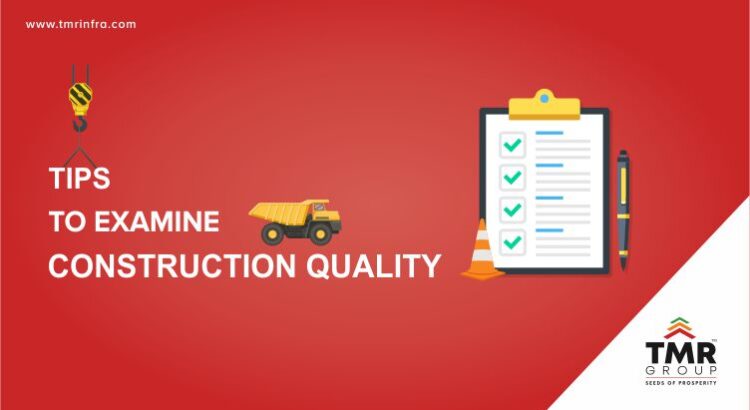We all dream of owning a house one day and then often spend a lifetime earning and saving to make it come true. To put your entire hard-earned money into something uncertain is really scary. Several questions pop up in our minds when we decide on finally buying a home. Right from the location and setting of the residence, to the credibility of the developer. Top it with arrangements for capital, EMIs, thoughts of delays in the project, or worst-case scenario, it getting failed, and we have the perfect recipe for stress.
Until a few years ago, home-buying was riskier than today. Cases of developers leaving projects halfway, duping buyers and the lack of legislation in place were a common sight. This is when RERA came into the picture.
What is RERA?
At its heart, the Real Estate (Regulation and Development) Act, 2016, (RERA) was passed by the Indian parliament to protect the interests of home buyers. Alongside, it brought a ray of hope for the real estate sector. It was established to address the problems of home buyers and regulate the real estate sector. The act makes RERA registration mandatory for every building that has more than 8 units or land under development measuring more than 500 sq.m. The code aims to create a favourable market and bring transparency in transactions between property sellers and buyers in the primary market.
Objectives of RERA
- Maintain transparency in the process of the transaction, and bring down scams and fraud
- Bring a standard PAN-India code for real estate
- Bring a sense of responsibility for both buyers and sellers
- To enhance confidence among investors and in turn the credibility of the real estate sector
Telangana State Real Estate (Regulation and Development) Rules, 2017
When the parliament passed RERA in 2016, it mandated every state and union territory to form its own regulating body and frame rules to govern the functioning of the sector in their region. Therefore, Telangana State brought the RERA rules into action in 2017. Known as the Telangana State Real Estate (Regulation and Development) Rules, 2017 these apply to all real estate projects, whose building permissions were approved by the authorities on or after January 1, 2017. Alongside, the TSRERA provides many services for home buyers, developers and real estate agents. With this, the authority aims to promote the ease of doing business in the state.
Rights of home buyers under RERA, 2016
The Real Estate (Regulation and Development) Act, 2016, lays down certain rights for home buyers. These include:
Right to obtain project information: Every buyer or allottee has the right to obtain information about the project in question, its sanctioned plans, layouts, RERA registration number and other specifications.
Right to know about project completion and schedules: Buyers and allottees have the right to know about the stage-wise project completion, and provisions by the developer for sanitation, electricity, and all other amenities mentioned in the terms and conditions of the agreement.
Right to claim possession: A buyer or allottee has the right to claim possession over the property and other amenities when the formalities are complete and remuneration paid. Along with this, they also have the right to claim their documents when handed possession of the property, including the layouts and plans for common areas.
Right to refund: If the developer fails to comply with the terms of the agreement or is unable to hand over possession in tune with the terms of the agreement, the buyer has the right to claim interest and compensation from the developer.
Impact of RERA
The implementation of RERA has had a positive impact on the real estate sector across the country. It has revived the confidence of home buyers and this field continues to thrive with investments even in the post-covid era. Cases of fraud and scams have witnessed a massive fall. With RERA in place, a developer cannot demand more than 10% of the total project cost as advance and application fees. This has saved buyers the stress of having to accumulate unfair amounts of capital in haste. Developers also have to quote the exact carpet area in all agreements, which helps a buyer understand the exact area and expenses.
RERA, with its implementation, has boosted transparency in real estate and revived the sector. At TMR Infra, we believe in maintaining transparency in all our transactions. Our beliefs and quality have helped us build a community of thousands of happy customers in Hyderabad. Become a part of our 50-acre gated community, in the land of the future at Chegunta, just 30 minutes away from the Medchal highway. To know more about us and other projects, visit https://www.tmrinfra.com/




